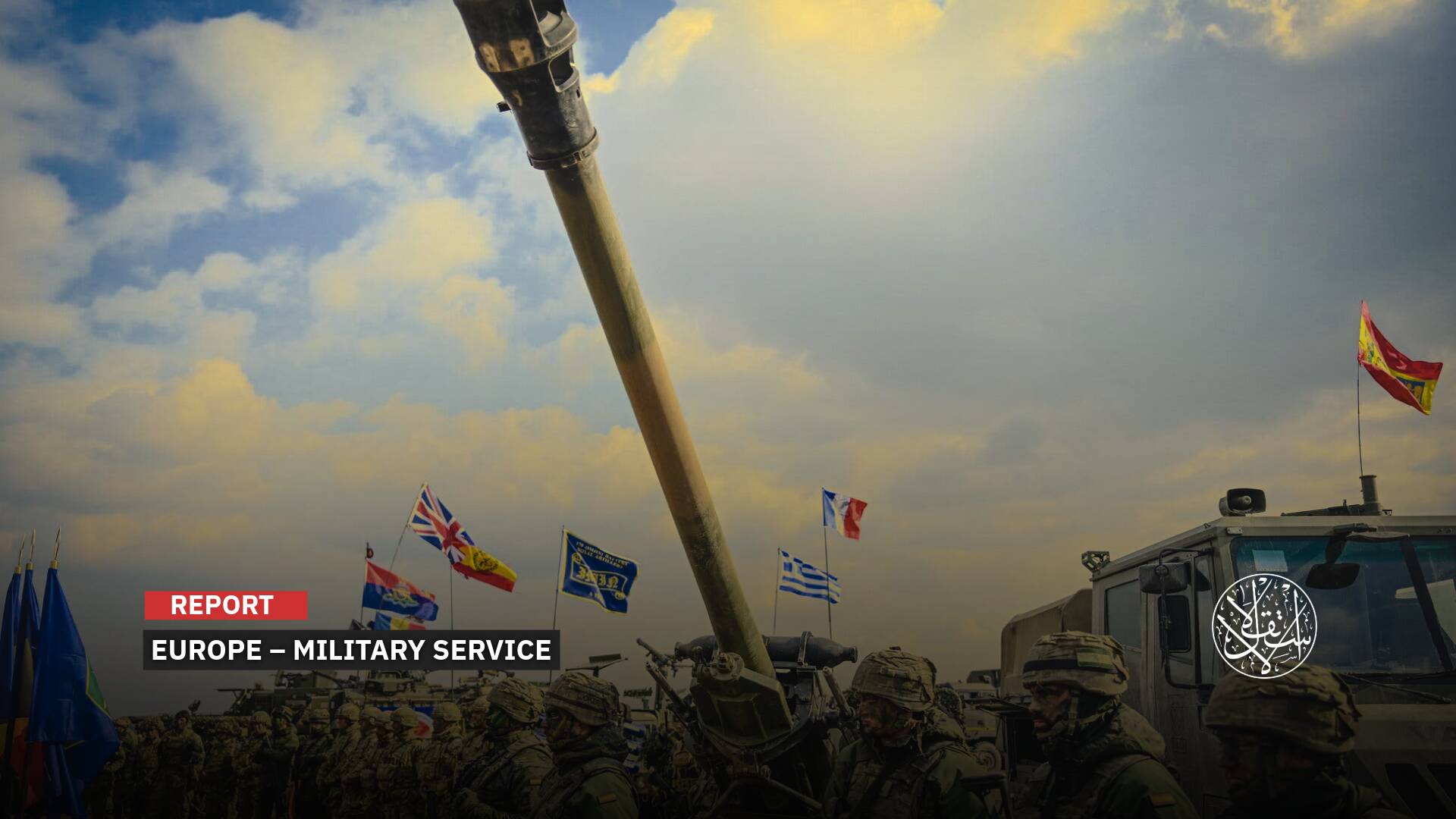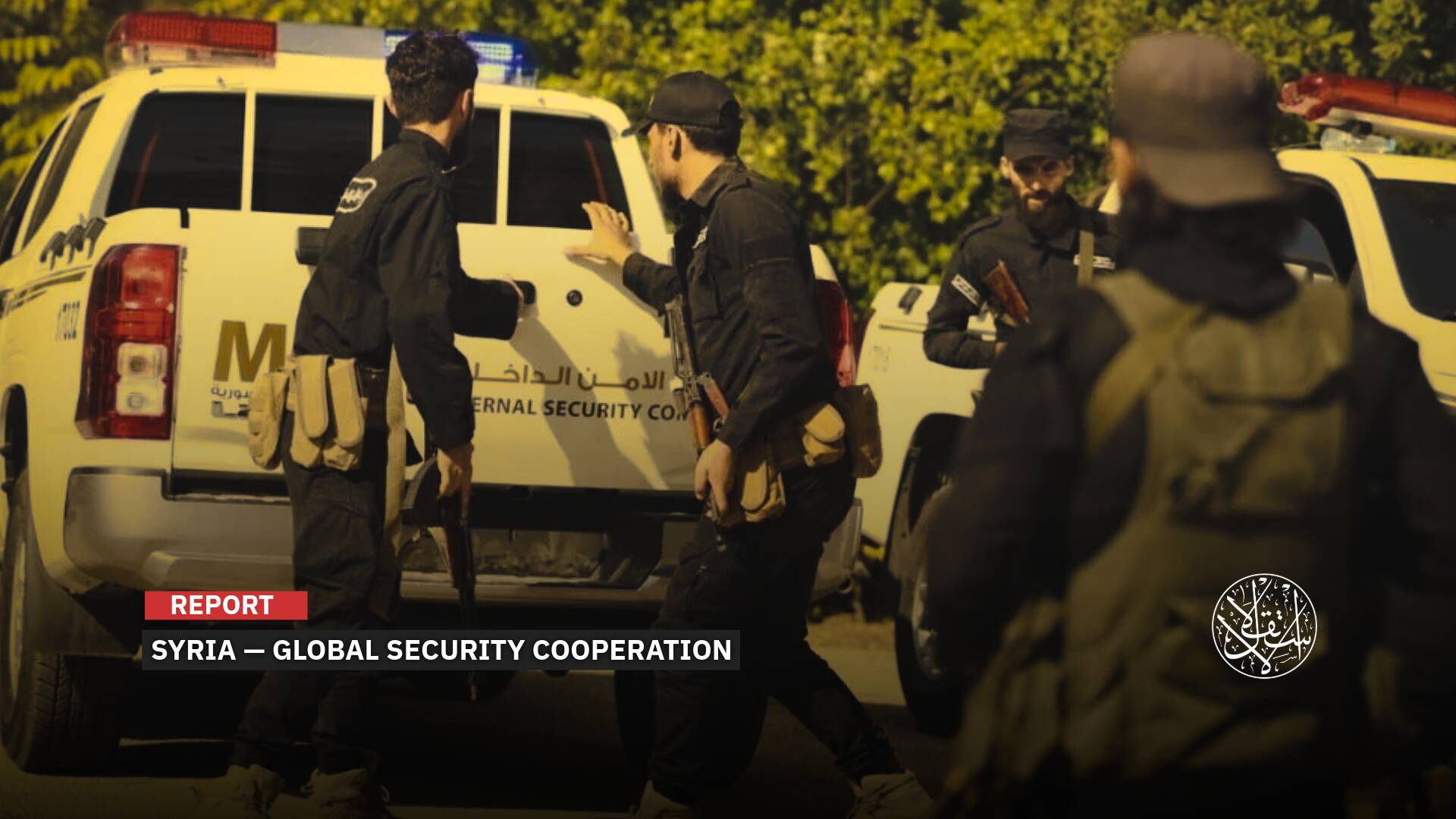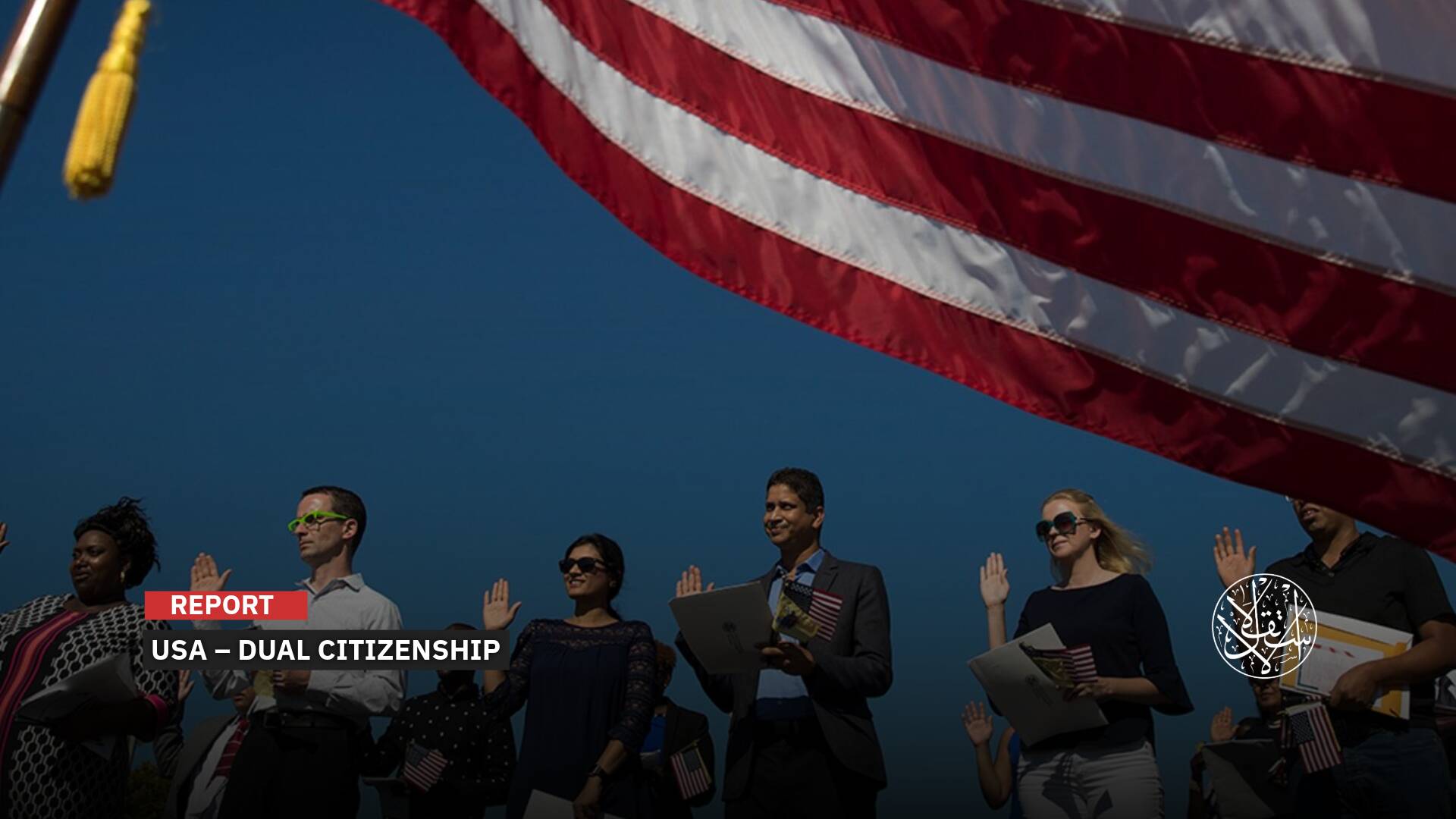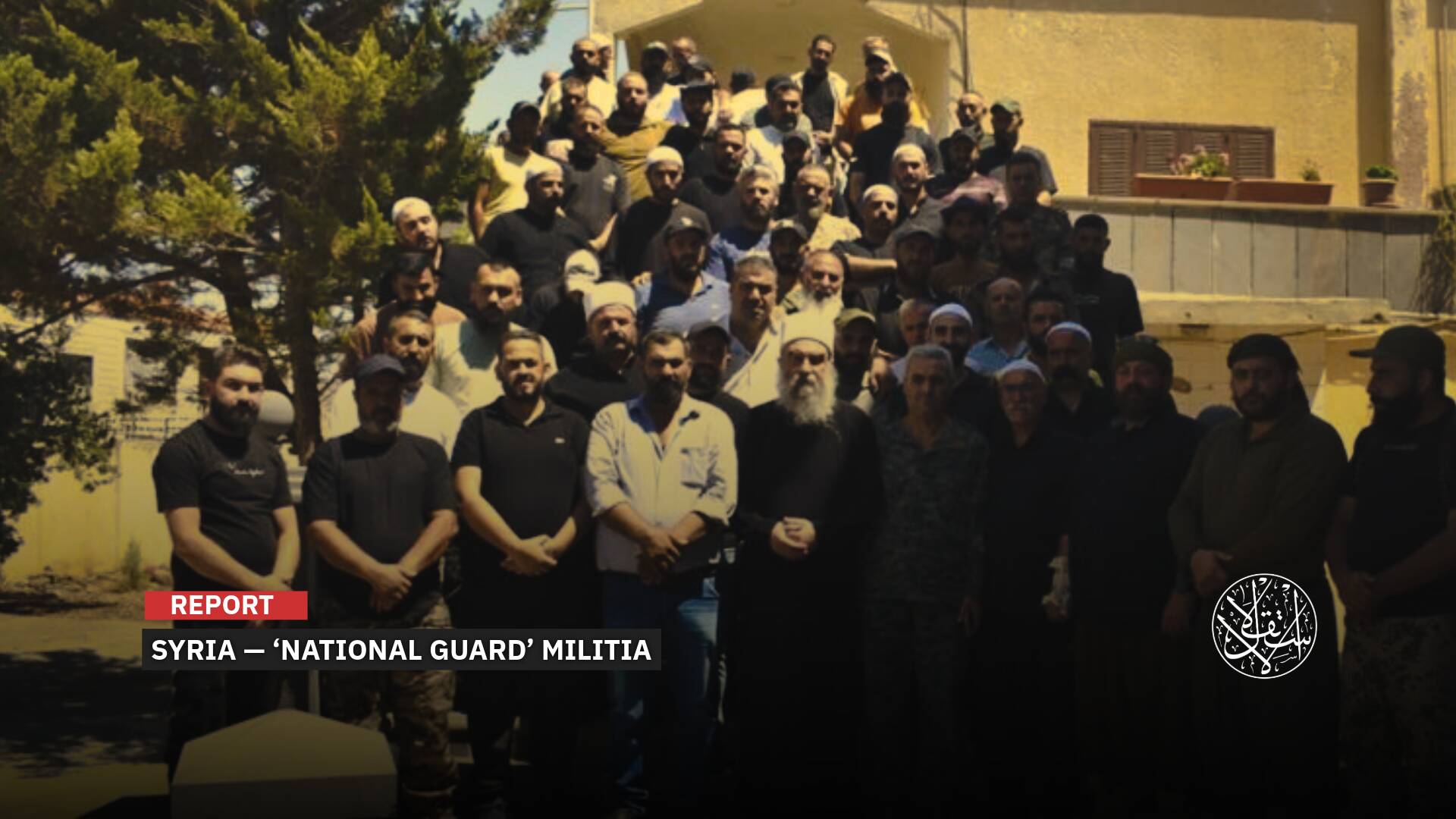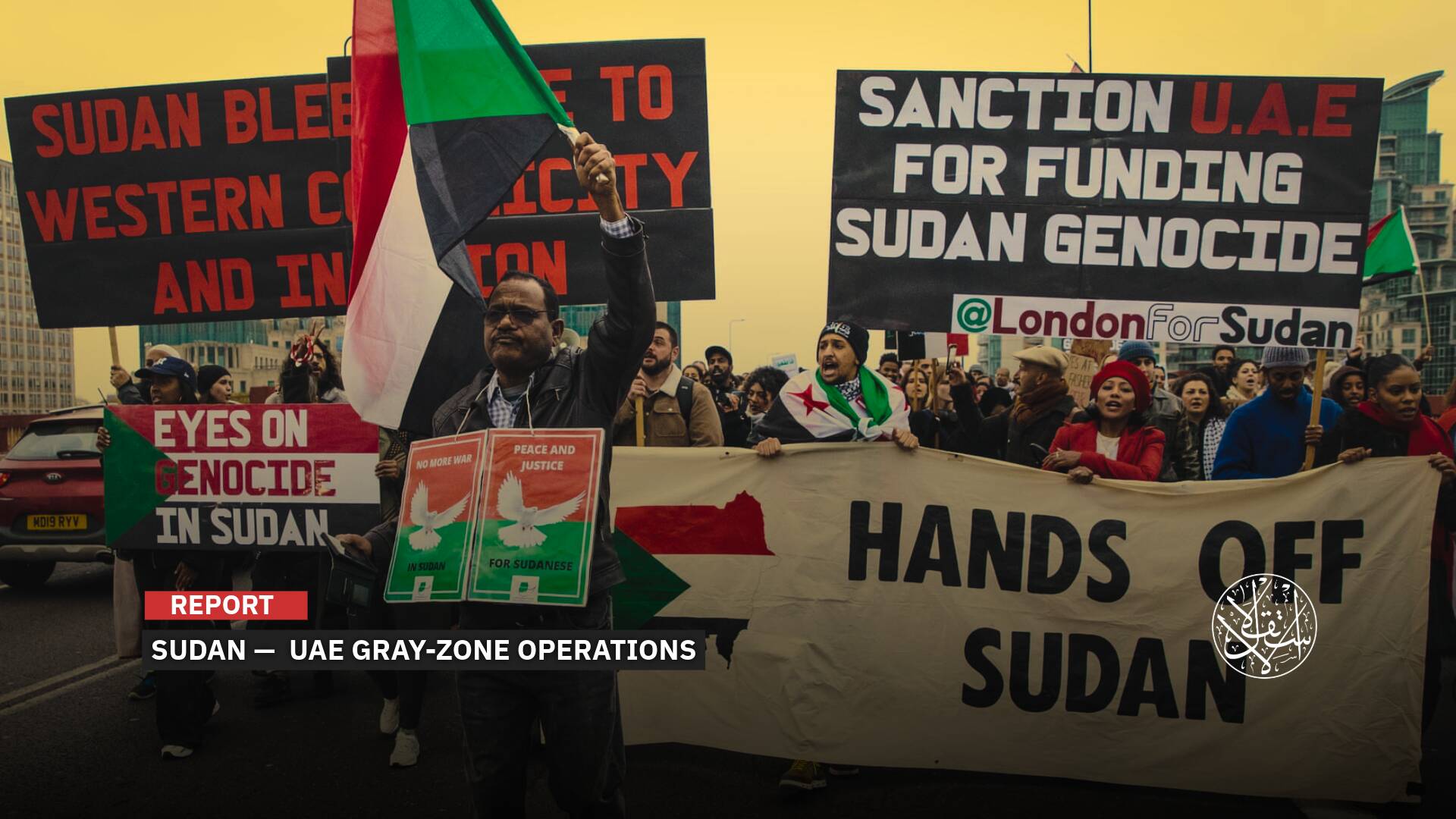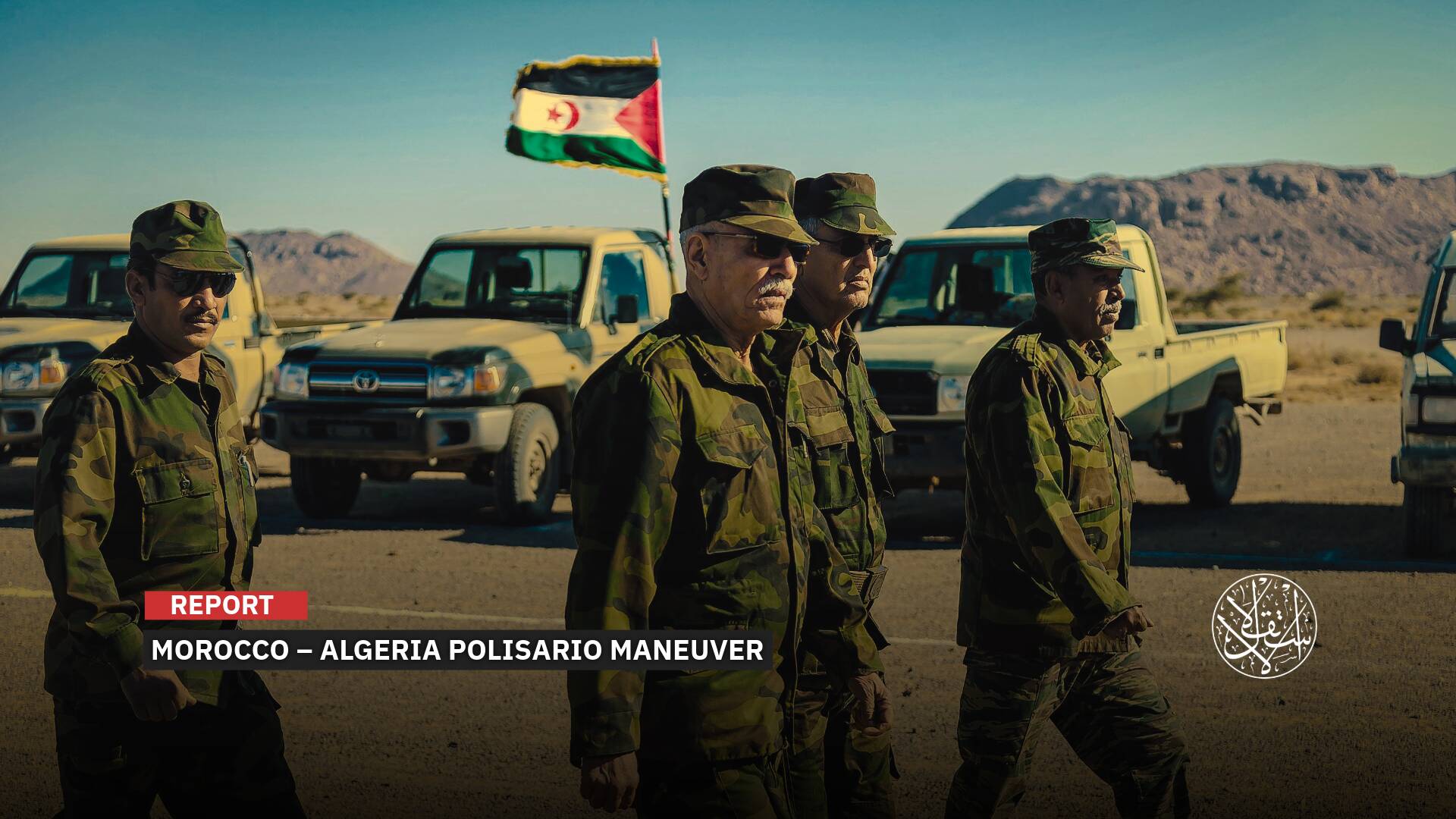The Resistance on the Lookout: Did the Decline in Security in Gaza Create Room for Secret Agents?

Advanced systems couldn't stop the Occupation's cheap tool: collaborators.
News about the Palestinian resistance executing secret agents collaborating with the Israeli occupation is receiving widespread celebration in the Gaza Strip, given their contribution to providing the Israeli blood war machine with information that results in massacres against civilians.
The Israeli Occupation Forces have claimed the lives of more than 50,000 Palestinians, crimes that have yet to satiate "Israel's" appetite, which has continued its war of extermination against the Palestinian people since October 7, 2023.
The occupation has deployed balloons carrying surveillance and espionage systems over the Gaza Strip, and has filled the lands it has penetrated with eavesdropping and monitoring devices.
This is in addition to the American and British drones that fly around the clock, and the Israeli drones that never leave the skies of the Strip.
However, all these systems have not replaced the occupation's "cheap" tool: secret agents, according to observers, allowing resistance operations to continue despite the difficult field conditions in Gaza.

New Approaches
The phenomenon of collaborators has resurfaced on the Palestinian streets during this war, despite the Palestinian resistance’s success in dismantling the occupation’s intelligence networks in recent years.
Through a series of successive security campaigns, intensified between 2014 and 2023, the resistance has effectively cut off the flow of intelligence to the occupation within Gaza, aided by the community’s strong rejection of collaborators, their families, and their social circles.
These campaigns have left the occupation unable to gather any intelligence on the intentions of the al-Qassam Brigades, the military wing of Hamas, to carry out Operation al-Aqsa Flood.
This was highlighted in a report by the Israeli army on the "failure to counter the October 7 attacks," published on February 27, 2025.
Commenting on the failure of the Israeli Shin Bet security service (Shabak) to gather intelligence on the resistance's intentions, Benny Hinn, a former official within the agency, remarked that their key advantage over other security forces lies in sourcing recruits, referring to collaborators.
Speaking to Channel 12 on December 30, 2024, Hinn expressed deep regret, stating there was "not a single collaborator among the roughly 3,000 elite fighters of the al-Qassam Brigades" on October 7.
Shin Bet had hoped, according to Hinn, that a collaborator from Gaza would contact the agency to warn of an impending disaster, prompting the military to mobilize near the border fence.
The same channel reported that "Israel" acknowledges the difficulty of infiltrating Hamas with informants, as the group operates as a tightly-knit organization.
It noted that Hamas militants carry out immediate executions of those suspected of collaborating with "Tel Aviv".
"Israel" saw the ongoing war as an opportunity to revive the recruitment and operation of informants, following years of decline in this practice.
Since the conflict's onset, the Israeli Intelligence services have sought to develop new communication channels with collaborators, according to a report by The Guardian, which is affiliated with Palestinian resistance security, published on January 6, 2024.
The Guardian reported that resistance security forces had uncovered a new technique employed by "Israel" to conceal the identity of collaborators when using communication devices.
This method ensures that the device leaves no trace or indication of prior contact with an officer, even if the device is confiscated.
According to a source within the resistance's security apparatus, the new technique involves a disposable chip, similar to a SIM card, which is programmed for one-time use in a mobile device before being destroyed.
This makes the device ready for use, allowing it to receive calls from officers without a SIM card inside.
The platform explained that the new technique is designed to avoid suspicion, even if the phone falls into the hands of someone other than the collaborator. However, the resistance forces have developed a method to detect this, although no further details were provided on how they do so.

Different Methods
The Palestinian resistance carried out dozens of executions of secret agents proven to have collaborated with the occupation during the months of war. They were tried in the Revolutionary Court.
On March 21, 2025, the resistance’s security apparatus revealed the details of the execution of a collaborator in northern Gaza, who had been working with the Israeli Occupation Forces.
According to the apparatus, the 48-year-old collaborator first engaged with Israeli Intelligence in 2020 while passing through the "Erez" checkpoint (Beit Hanoun, northern Gaza Strip).
He was reportedly blackmailed by an Israeli Intelligence officer into providing information in exchange for the renewal of his work permit in occupied Palestine.
A source within the resistance’s security forces stated that the collaborator was tasked with various operations by Israeli Intelligence, the most significant of which involved receiving money and Israeli SIM cards via drone delivery (quadcopters) to maintain his communication with them.
He was also tasked by Israeli Intelligence with photographing the deployment sites of police and security forces in markets and streets, which facilitated their targeting.
Additionally, he was instructed to pinpoint the coordinates of schools and refugee shelters, which were later bombed by "Israel," resulting in the deaths of many civilians.
M.J., a member of the resistance's security team specializing in counter-intelligence, who requested to remain anonymous, stated that "Israel" had recruited a significant number of collaborators during the war, employing various methods for multiple purposes.
This war has led to significant developments in recruitment efforts, in stark contrast to the situation before October 7, 2023, when Gaza was nearly free of collaborators.
"The entry of Israeli Occupation Forces into the heart of Gaza, the establishment of checkpoints, and the detention of thousands from refugee centers, coupled with threats of execution, torture, and mistreatment, played a role in the recruitment of a limited number of collaborators," M.J. explained in an interview with Al-Estiklal.
When the war began, many prisoners, including dangerous collaborators sentenced to death and awaiting execution, were released, contributing to their return to cooperation with the Israeli occupation.
"The collaborators became involved in exposing resistance fighters, informing the "Israeli" military about their positions and fortifications. They also guided aircraft to target homes for bombing, resulting in massacres of their inhabitants, by dropping electronic chips in their vicinity," he continued.
In addition, they served as guides or informants for ground forces within areas unfamiliar to the occupation.
Additional Tasks
The resistance activists revealed that the duties of agents in Gaza are no longer limited to traditional tasks such as transmitting information about resistance fighters.
Rather, they have been assigned other tasks, most notably disrupting the internal front,
spreading chaos and security breaches, and implementing measures that lead to the starvation
of citizens, all in an organized and planned manner advised by officers in the occupation army.
"We uncovered a network of collaborators with the occupation, tasked with posing as employees of international aid organizations," the resistance activist added.
He explained that these individuals were making phone calls to civilians and displaced persons, gathering information such as the number of residents in homes, their names, occupations, and other personal details. This data was then passed directly to Israeli officers, aiding them in executing massacres.
Regarding the issue of starvation, the resistance security activist said that armed gangs had emerged, with the goal of cutting off supply routes and looting aid convoys, exacerbating the famine.
He also revealed that these groups introduced and distributed large quantities of drugs throughout the Gaza Strip, at a time when not even a grain of flour was allowed in. Additionally, the occupation formed groups that resorted to robbing citizens through thuggery, according to the same source.
"In every incident we have investigated, we found the occupation’s hand at play, either directly or through other collaborators."
"One of the gang members admitted that the occupation guided him to the location where resistance fighters were martyred in Khan Younis, instructing him to seize their weapons and use them to hijack trucks in Rafah, in the southern Gaza Strip," the activist continued.
He emphasized that the occupation provided full support to these groups, carrying out a bloody campaign against all security apparatuses in Gaza, as well as against the teams securing aid distribution.
The Ministry of Interior revealed that there was coordination between these gangs and Israeli forces in carrying out airstrikes targeting Palestinian police officers.
The resistance activist warned of the dangers of engaging with the Coordinator's page on social media, describing it as one of the primary platforms for recruitment and entrapment.
The "Coordinator" Arabic-language Facebook page typically posts news and announcements about Israeli activities in the Palestinian territories, including the operating hours of checkpoints and crossings, and how to obtain entry permits to Israel for work or medical treatment.
The page attempts to exploit Palestinians' needs, whether for work or medical treatment, to "whitewash" the Israeli occupation, even reaching out to them in an attempt to recruit them.
The occupation takes advantage of the citizens' need to travel, access medical care, or coordinate trade, among other services it claims to offer to Gaza’s population, using these as leverage to trade for information.

Vandal Thieves
The occupation has assigned new tasks to its collaborators, which include carrying out sabotage operations aimed at tightening the noose around civilians' lives and spreading chaos.
Al-Estiklal spoke with several residents from the central region, who were eyewitnesses to the actions of collaborators during the ground incursions in the heart of the Gaza Strip.
Osama Ismail said that during the Israeli incursion into the Maghazi refugee camp in January 2024, he witnessed some of the collaborators' actions, which "were not limited to informing on resistance fighters or assisting the occupation in targeting sites."
Rather, their actions extended to fulfilling the occupation's goal of sabotaging public property and destroying medical equipment in hospitals and clinics located within evacuation zones.
"I remained in my home in the Maghazi camp, and just before the occupation forces entered, heavy artillery bombardment began, followed by several horrific massacres. However, these actions failed to drive people out," Ismail told Al-Estiklal.
"One individual, suspected of collaborating with the occupation, spread a baseless rumor that caused residents from several neighborhoods to flee their homes. Three days later, the forces easily entered and operated with greater freedom in those areas."
While at home, Ismail witnessed individuals in civilian clothes and unarmed, entering specific homes belonging to resistance activists. It became apparent that they were conducting searches and gathering information from within.
According to him, many of these homes were later targeted, with their residents inside, in the months following the occupation's withdrawal.
"I personally recognized one of them, even though he was wearing a mask. He was pulling a cart with a horse and entered a house next to mine alone."
"I don't know exactly what he did inside, but he left without taking anything. The irony is that this house was targeted four months later, and 16 martyrs fell inside," Ismail noted.
Mohammed Azmi witnessed various crimes committed by collaborators with the occupation, including acts of sabotage.
He said that while hiding in a house in the Bureij refugee camp in central Gaza, during the final days of the incursion, he saw a group of masked men enter several homes. They looted them before setting them on fire, passing in front of tanks while waving a white flag.
"They were both collaborators and thieves at the same time. They entered numerous homes, searched them, looted them, and stole supplies," Azmi told Al-Estiklal.
He explained that during the incursion into the Bureij refugee camp in February 2024, he heard an Israeli officer calling out to the thieves through loudspeakers attached to drones.
The message was, "Come on, thieves, your time is up. Get out of the al-Helou, Abu Rassas, and the clinic area towards Salah al-Din Street." Indeed, those present immediately left the area.
"After the ceasefire (January 2025 truce), the resistance captured several agents, including individuals who were leading Israeli ground forces," Azmi said.
"Camp residents, including those released from Israeli prisons, recognized them. These collaborators were guiding soldiers to homes, identifying active members of the factions, as well as police officers and Gaza government employees," Azmi concluded.



